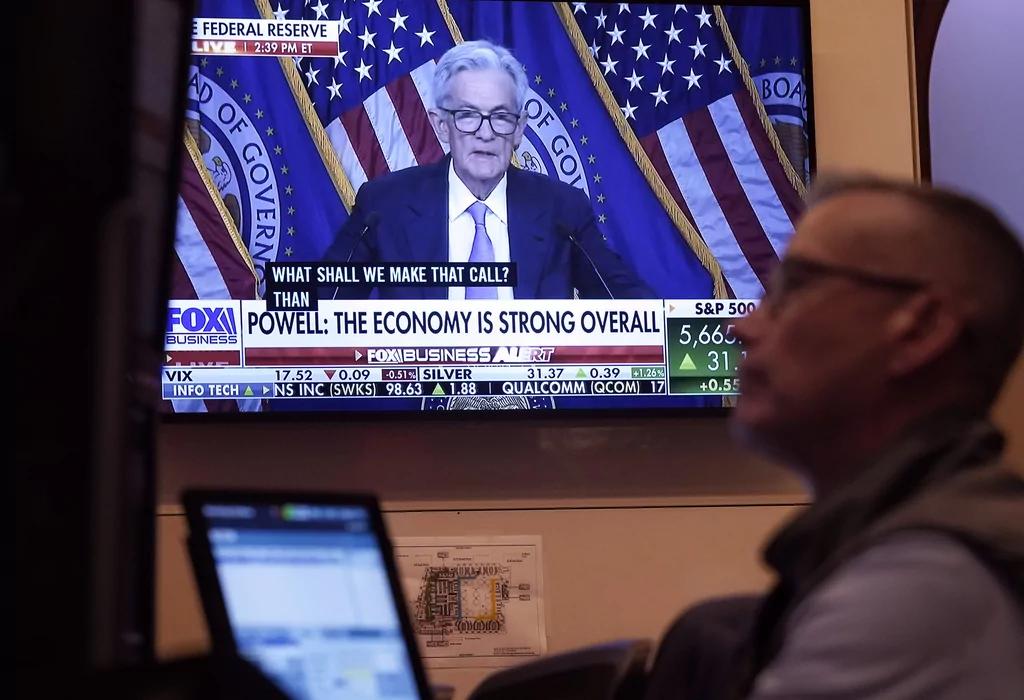After the nation’s worst price hike crisis in 40 years, inflation is down to 2.1%. That’s just a tick above the Federal Reserve‘s long-standing inflation goal of 2% annually. The central bank celebrated by delivering a supersized cut in the federal funds rate, the rate at which banks are charged for overnight borrowing from lenders of last resort.
Colloquially, the financial commentariat will say the Fed “sets” interest rates, and in this case, it theoretically slashed them. But as evidenced by the unrelenting mortgage market, there are limitations to how the Fed’s rate cuts for banks translate into lower borrowing costs for consumers.
Since the Fed’s first rate cut in nearly half a decade at its final meeting before the 2024 election, the 30-year fixed mortgage rate average rose from its two-year low of barely 6% to more than 6.5%. Mortgage rates should be downstream of Treasury yields, which should be downstream of the federal funds rate.
But Treasury yields, like mortgage rates, have also moved opposed to the Fed’s intentions: The 10-year Treasury yield has skyrocketed from a nadir of 3.62% to more than 4.3%. That range spans from its lowest interest rate in over a year to one of its highest peaks since before the Great Recession.
The news conference of Federal’ Reserve Chair Jerome Powell appears on a screen as trader Neil Catania works on the floor of the New York Stock Exchange, Wednesday, Sept. 18, 2024. (AP Photo/Richard Drew)
Political partisans may claim the disconnect between the Fed’s stated pivot and higher interest rates in the mortgage and bond markets simply reflected investor uncertainty about the possibility of their preferred candidates losing power during this election. But with robust growth in both the United States dollar and American equities, investors don’t lack confidence in the long-term prosperity of our markets.
The bond market may reflect concerns about the trajectory of federal spending that goes well beyond the 2024 election. Yet why would the cost of borrowing to buy a home go up while the federal funds rate goes down? Because the demand for housing remains white hot while supply remains woefully behind.
Home prices are still increasing at an annual rate of around 4%. While the rental vacancy rate is reaching close to the pre-pandemic level of nearly 7%, the homeowner vacancy rate remains at 1%, close to the lowest level recorded by the Census Bureau in nearly seven decades. Housing development has finally made some progress, with housing units by population level finally increasing from the rock-bottom embarrassment of 2018 up to 2012 levels. But the nation still has a shortage of nearly 4 million housing units in demand, per an estimate by Up For Growth, a nonprofit group that advocates the sort of zoning reform and other policy changes to increase the housing supply.
CLICK HERE TO READ MORE FROM THE WASHINGTON EXAMINER
The Fed’s rate cuts don’t do anything to abate that real demand, which is further pent-up as boomers settle into historically large homes, and millennials and Generation Z couples and parents try to expand their families. All the while, an influx of some 10 million illegal immigrants have arrived in the country over the last four years and need shelter somewhere. Without a radical acceleration of housing supply growth, any reduction in nominal home prices would translate to an increase in mortgage rates at best and vice versa. At worst, both continue to stagnate or intensify.
Nor is the story rosy when it comes to interest rates. Despite the Fed’s recent cuts, interest rates will continue to rise so long as the federal debt and annual deficits skyrocket. Since increased spending on interest will be passed on to consumers in the form of higher prices. Despite the federal government bringing in more money than it ever had before in this past fiscal year, mandatory spending still drove the government to a second year of a deficit-to-GDP ratio of nearly 7%. Investors correctly see that far beyond this election, mandatory spending acceleration is a crisis with no prescribed cure from either side of the aisle.
